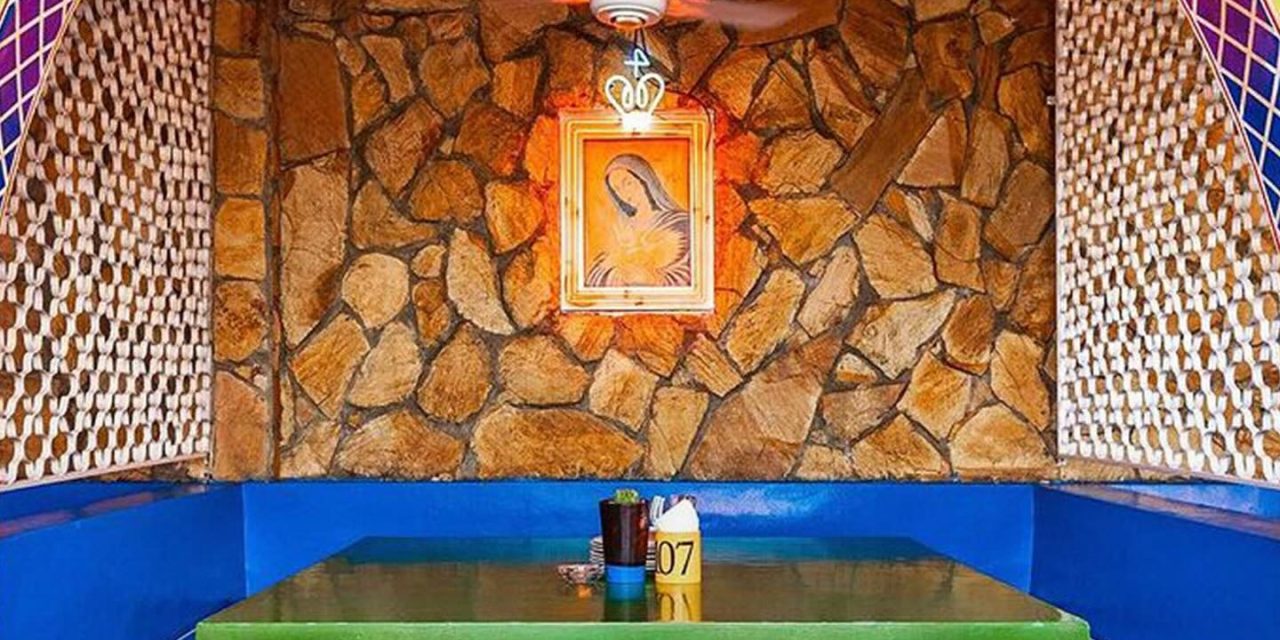When one thinks of Bali, images of stunning beaches, rice terraces, and vibrant sunsets dance in our minds. Yet, nestled in the lush greenery of Ubud lies a gem that is not only a haven for playful monkeys but also a testament to the rich cultural tapestry of Indonesia: the Sacred Monkey Forest Sanctuary. It’s a place where nature, spirituality, and local culture beautifully intertwine, creating an experience that goes beyond mere sightseeing.
An Encounter to Remember
Let’s rewind to my first visit to the Sacred Monkey Forest. As I entered the sanctuary, I was immediately greeted by the sounds of rustling leaves and the playful chatter of monkeys swinging from branch to branch. I vividly remember one cheeky little guy who leaped onto my shoulder, nudging my ear as if to say, Welcome to my turf! I couldn’t help but laugh, feeling an eclectic mix of joy and caution.
What I didn’t realize then was just how intertwined these animals are with the local culture—a relationship cultivated over generations. The Ubud area views the monkeys as sacred, embodying elements of both spiritual reverence and ecological importance.
The Cultural Significance
The Sacred Monkey Forest Sanctuary isn’t just a wildlife reserve; it’s a spiritual and cultural hub. At its heart are three ancient temples: Pura Dalem Agung, Pura Beji, and Pura Prajapati. These temples serve as vital sites for local ceremonies, rituals, and community gatherings. While relaxing in the shade of towering trees, I was lucky enough to witness a traditional Balinese ceremony taking place within the forest. The air was fragrant with the scent of incense, and the sound of gamelan music floated through the trees, creating an almost magical atmosphere.
Monkeys as Messengers
In Balinese culture, monkeys are seen as symbols of playfulness and mischief, but they also carry deeper meanings. They are thought to represent the bond between humanity and nature. I remember chatting with a local guide who explained that the monkeys often remind people not to take life too seriously. They teach us to embrace laughter, joy, and sometimes, chaos, he said with a grin. It’s a bittersweet reminder that while life can be unpredictable, there’s beauty to be found in it.
Relatable Scenarios
Imagine this: You’re strolling through the forest path, surrounded by the sounds of nature. A family of monkeys is having a playful scuffle nearby. Suddenly, a little one makes a beeline for your backpack, driven by curiosity—or perhaps the smell of snacks. You find yourself torn between wanting to keep your belongings safe and the joy of witnessing nature unfold before your eyes. In that moment, you realize the importance of coexistence—the monkeys are just being themselves, and you’re a guest in their home.
Practical Advice for Visitors
If you plan to visit the Sacred Monkey Forest Sanctuary, here are a few practical tips to enhance your experience:
1. Stay Vigilant: While the monkeys are fun to observe, they are wild animals. Keep an eye on your belongings and avoid feeding them human food. Trust me, losing a pair of sunglasses to a mischievous monkey stings!
2. Embrace the Environment: Take the time to appreciate the forest’s lush surroundings. You’ll find beautiful sculptures, ancient trees, and serene ponds that tell stories of Bali’s history and culture.
3. Engage with Locals: Talk to the local guides and temple caretakers. Their stories about the sanctuary’s significance and the traditions surrounding it offer insights that enhance your understanding and appreciation.
4. Respect the Culture: Remember that this is not merely a tourist attraction. Participate respectfully in any ceremonies or rituals you might observe, as they are integral to the local community’s cultural fabric.
Conclusion
The Sacred Monkey Forest Sanctuary is more than a picturesque location or a playful monkey playground. It is a cultural landmark that encapsulates the Balinese way of life, reflecting their beliefs, traditions, and respect for nature. As I departed the sanctuary, I couldn’t shake the feeling of connection—a shared joy with the monkeys, the vibrant culture, and the ancient trees. It reminded me that travel is not just about what we see; it’s about the stories we collect and the connections we forge. So, the next time you find yourself in Bali, I encourage you to visit the Sacred Monkey Forest Sanctuary. You might just find yourself enchanted by its cultural significance, playful monkeys, and the serene beauty that this magical place has to offer.






